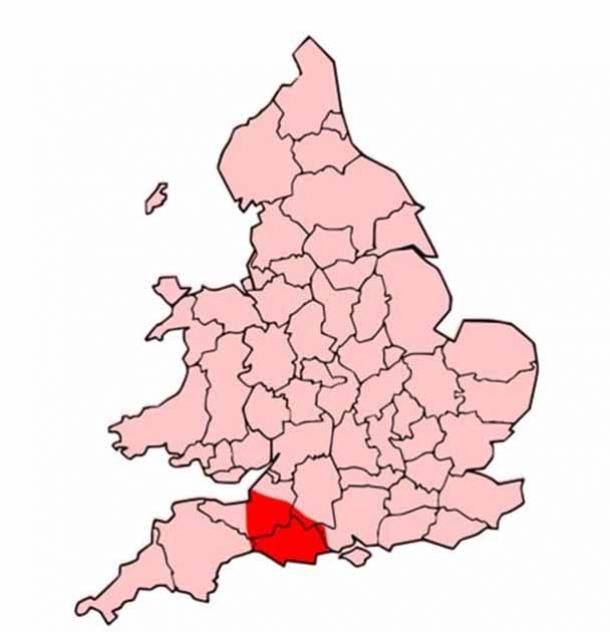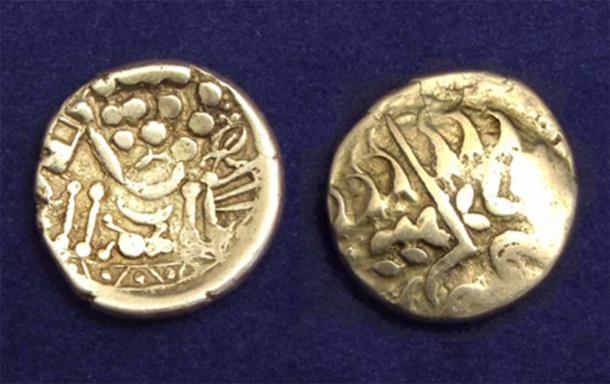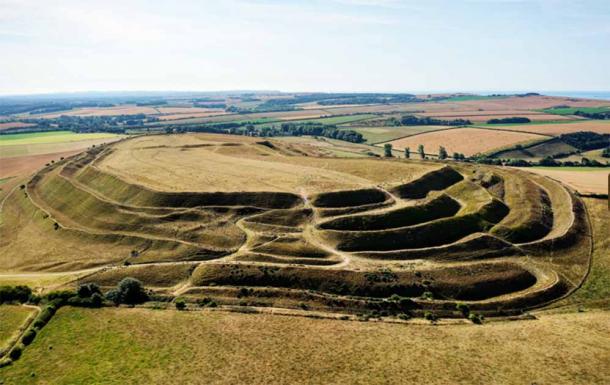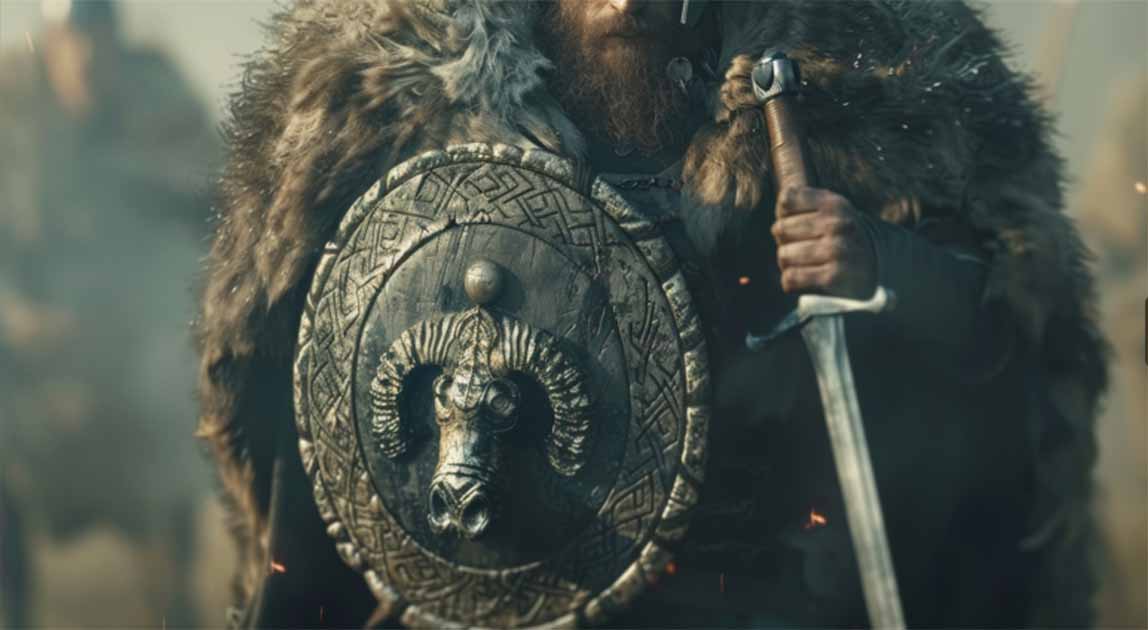Durotriges, the Celtic Fort Dwellers in Iron Age Britain
The Durotriges, an ancient Celtic tribe inhabiting what is now modern-day Dorset, Somerset, and Devon in southwestern Britain, were a very important ancient tribe of British history. Their legacy rests upon a rich network of cultural, social, and historical significance that provides very important insights into the ancient inhabitants of Britain. From their mysterious origins to their ultimate interactions with the Roman Empire, the story of the Durotriges offers a fascinating glimpse into the complexities of Iron Age Britain.
- Forging a Nation: The Iron Age Tribes of Britain
- Local Historians to Rebuild A 2000-year-old Romano-Celtic Temple
The Hosts of Dorset,
The origins of the Durotriges are mostly shrouded in mystery, with scant historical records to provide concrete evidence about their origins or early provenance. However, concrete archaeological evidence suggests that they emerged as a distinct tribal entity during the late Iron Age, possibly around the 4th century BC. The name "Durotriges" itself is believed to be of Celtic origin, possibly derived from the words *dubro-* meaning "water" and *trig-* meaning "to dwell," indicating their association with watery landscapes such as Durotriges rivers or marshlands. Another theory suggests that the root “duro” is connected with the word “fort”, ultimately meaning that their name translates to “fort dwellers”.
- Mementos for the Dead: Surprising Burial Customs in Iron Age Britain
- Fighting in the Buff: Did Celtic Warriors Really Go to War Naked?

The boundaries of England and Wales; the territory of the Durotriges tribe is overlaid in red. (Map by Jbp1201/CC BY-SA 3.0)
The territory of the Durotriges, situated in the south of modern-day England, encompassed a diverse range of landscapes, from fertile river valleys to dense woodlands and rugged coastlines. This geographical diversity influenced their way of life, as they engaged in a variety of activities such as agriculture, hunting, fishing, and trade. This made them a versatile and successful tribe, adding to their wealth and prominence. Their settlements varied from hillforts and enclosures to smaller hamlets and farmsteads, reflecting both their social organization and defensive strategies. In peacetime, many villagers dwelt in their homesteads and hamlets. But at times of war, they could quickly gather in the fortified cities, safe and protected.
The social structure of the Durotriges was most certainly hierarchical, with chieftains or tribal leaders exerting authority over smaller communities or clans. This was common for Celtic tribes of the era. Archaeological evidence suggests that they had a skilled craftsmanship in metalworking, pottery, and other artisanal pursuits, indicating a sophisticated cultural identity. Their material culture, including intricate jewelry, pottery, and weaponry, reflects both indigenous traditions and influences from neighboring Celtic tribes and Mediterranean civilizations. Remember, at the time, the Mediterranean was a very distant and exotic place in the world, so its influences were easy to adopt.

British Celts, gold stater from the Durotriges. Chute type with strongly Celticized, disjointed horse left and abstract head of Apollo on the right. (Numisantica/CC BY-SA 3.0)
The Celtic Heritage of Britain
Religion played a central role in Durotrigan society, with rituals and ceremonies conducted to honor deities associated with nature, fertility, and warfare. For all Celtic tribes, religion was vital. Sacred sites such as hilltop enclosures and stone circles dot the landscape, serving as focal points for communal gatherings and religious observances. The Durotriges likely held animistic beliefs, revering natural elements such as rivers, forests, and animals as manifestations of divine power. However, no concrete evidence of their religion was uncovered, indicating that much of their belief was preserved orally, and symbols of their fate likely made from perishable materials that did not survive through time.

Maiden Castle is an Iron Age hillfort in Dorset, England, dates from 4000 BC. (David Matthew Lyons/Adobe Stock)
Alas, the arrival of the Roman Empire in Britain during the 1st century BC brought significant changes to the political and cultural landscape of the island. The Durotriges, like many other Celtic tribes, came into contact with Roman forces as they expanded their influence across Britain. Initially, the relationship between the Durotriges and the Romans may have been characterized by trade and diplomatic exchanges. However, tensions soon arose as Roman ambitions clashed with the autonomy of the indigenous tribes. In 43 AD, the Roman conquest of Britain under Emperor Claudius brought the Durotriges into direct conflict with the mighty legions of Rome. The hillforts and strongholds of the Durotriges became targets for Roman military campaigns, leading to fierce resistance and bloody skirmishes.
Despite their valorous efforts, the Durotriges were eventually subjugated by the Roman Empire, becoming part of the province of Britannia. Roman influence permeated all aspects of Durotrigan society, from governance and law to language and religion. The once proud Celtic culture of the Durotriges gradually assimilated with Roman customs, leaving behind a legacy that echoes through the annals of history. In time, the hillforts were abandoned, and sprawling Roman cities became the focal point of local society. And the face of Britain slowly changed.
A Glimpse into British Past
The ancient tribe of Durotriges stands as a testament to the resilience and complexity of Iron Age Britain. The story of the Durotriges is one of endurance, adaptation, and cultural exchange, and was such throughout their existence. Through archaeological excavations, historical records, and linguistic analysis, scholars continue to unravel the mysteries surrounding this fascinating Celtic tribe, shedding light on the rich tapestry of Britain's ancient past. The legacy of the Durotriges lives on in the landscapes they once inhabited, the artifacts they left behind, and the enduring spirit of the Celtic peoples who called southwestern Britain their home.
Top image: AI image of a Celtic warrior (Durotriges) with a shield emblazoned with a boar’s head and a sword at his side, standing tall and proud ready to defend his tribe. Source: Justlight/Adobe Stock
References
Papworth, M. 2011. The Search for the Durotriges: Dorset and the West Country in the Late Iron Age. The History Press.
Stewart, D. and Russell, M. 2017. Hillforts and the Durotriges: a geophysical survey of Iron Age Dorset. Archaeopress.
Various. 2013. Digging the Durotriges: Life and Death in Late Iron Age Dorset. Current Archaeology 281.

















